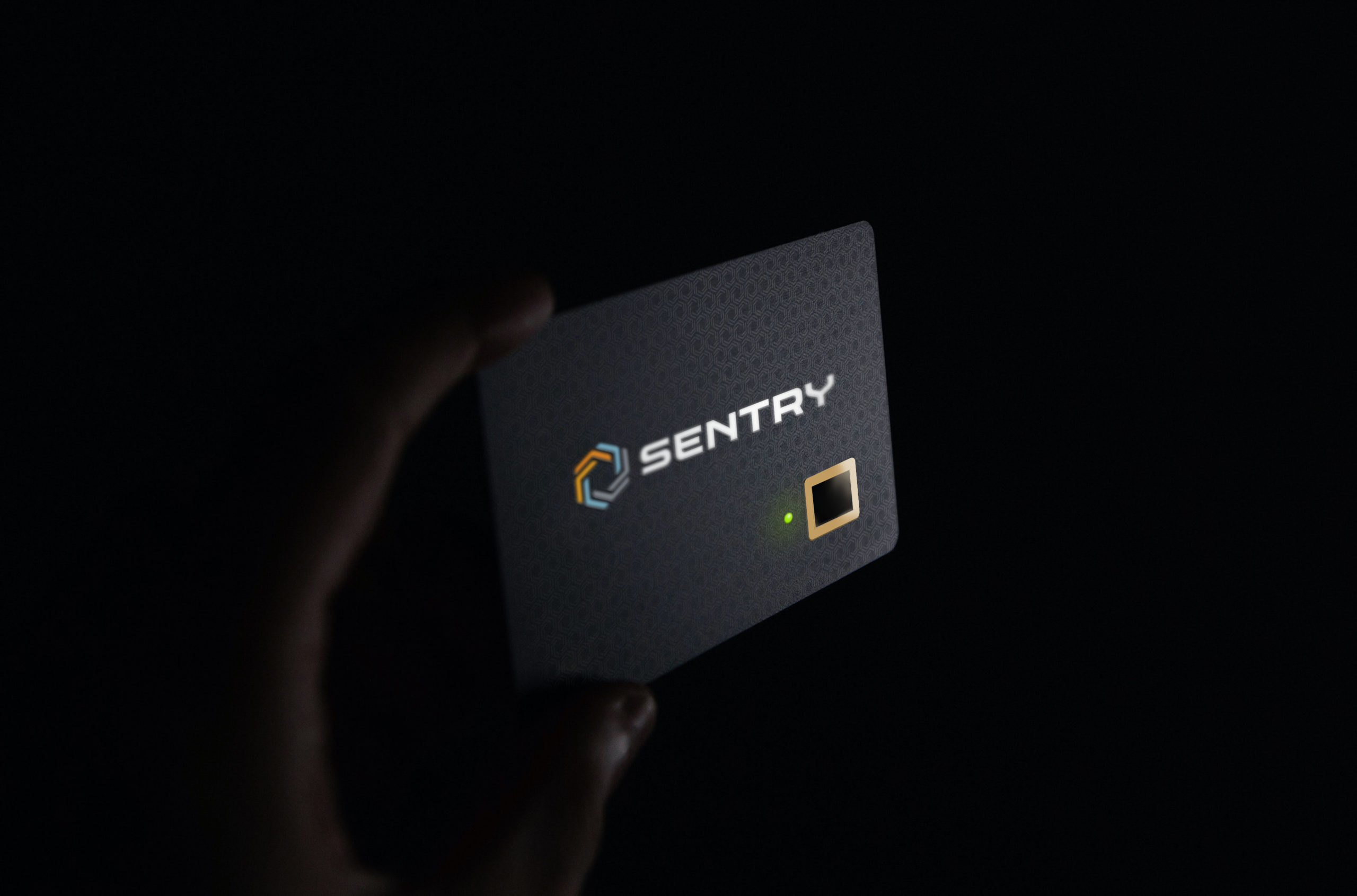
Biometric access control is one of the most popular topics on the minds of security professionals these days and for good reason. Access control and the overall management of access points, whether doors, turnstiles, computer systems, or operational controls is among the first areas of concern for most physical security managers, facility directors and IT managers.
Another growing trend in access control is the move by organizations to go ?passwordless?. Microsoft recently announced its move to passwordless authentication by eliminating them in Microsoft Windows 11. Why eliminate passwords? Look no further than the numerous breaches and ransom attacks; mostly fueled by phishing scams and the sharing of what someone knows, a password or pin.
Providing the necessary security and access restrictions while providing the demanded convenience is one of the toughest balancing acts in enterprise security. This balancing act continues to grow more difficult as the convergence of the physical security team and the organization?s IT team contend to control the complete systems integration effort.
Traditional access control, with its ubiquitous key cards or use of passwords, has been around for several decades now. Of late, biometric technologies have emerged, but these are typically ?one-off? point-solutions that are not only costly but rife with other issues like privacy concerns (shared databases of the biometric information in one place) and hygiene (the need for multiple people to touch the same sensor).
By definition, biometrics is a method of establishing a person?s identity based on chemical, behavioral, or physical attributes of that person such as fingerprints, irises, hand geometries, voice patterns, or other unique human characteristics. In principle, a biometric access control system is a pattern recognition unit that gathers a specific type of biometric data from a person, compares that feature to a preset group of attributes in its database, whether in an access control system or an Active Directory, and then unlocks the door or computer (or whatever action is needed).
This action of comparing the human characteristic to a database of multiple people?s biometric data is where things can get challenging.
In this article, we are going to look at one biometric access control solution and how it is dealing with this challenge of human attribute matching and identity matching.
Sentry Enterprises out of West Chester, Pennsylvania is the manufacturer of the multi-patented SentryCard biometric platform. The SentryCard is believed to be the first open-architected, self-contained, biometric platform in the world. The ?self-contained? part was emphasized on purpose as this important part is what is setting the SentryCard apart from other biometric access control vendors.
Here is what SentryCard is doing differently: Source: sentryenterprises.com

